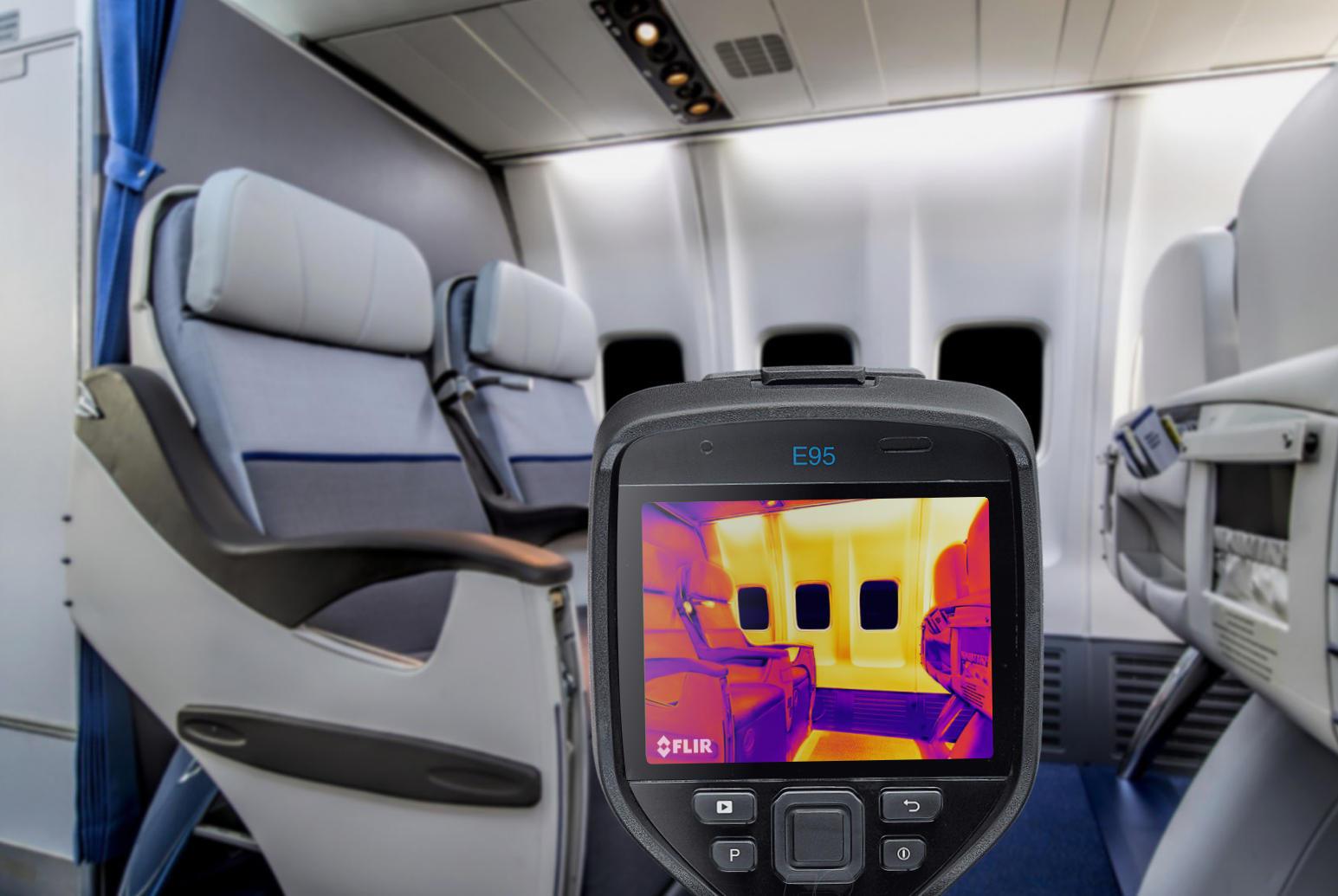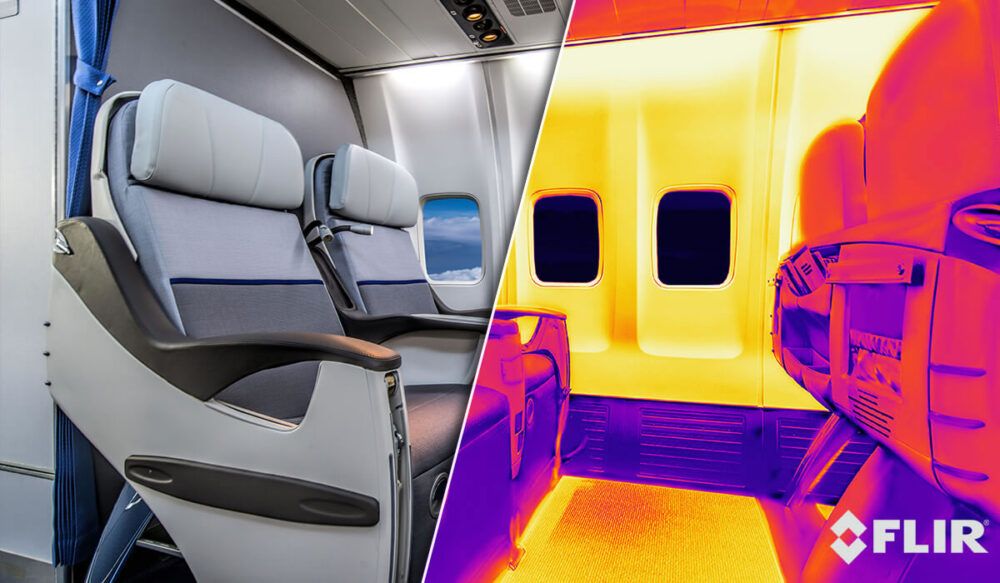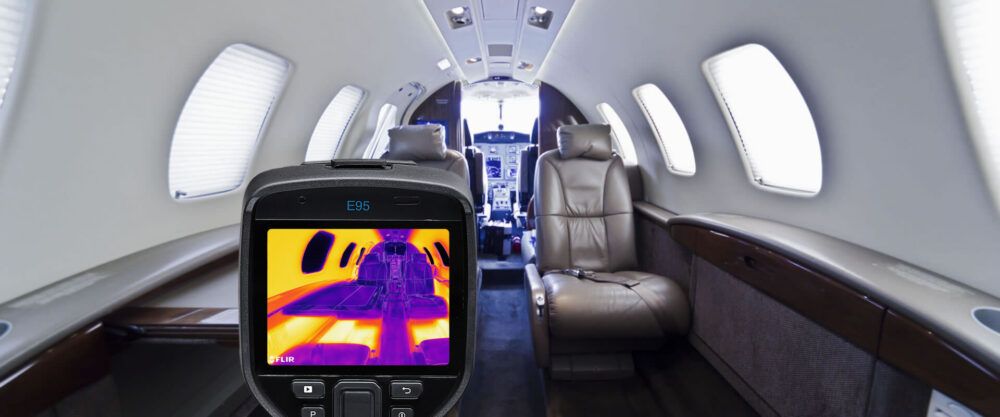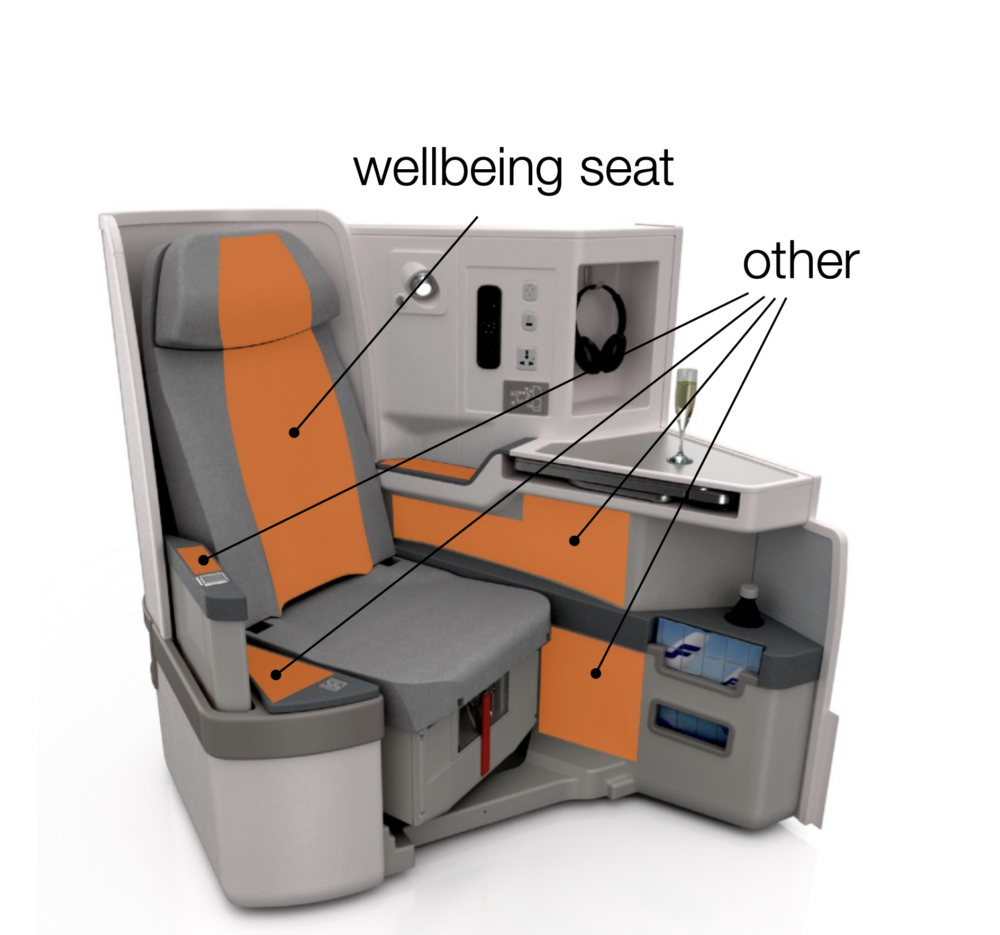It’s often difficult to stay warm on a long flight, particularly if you’ve traveled in your vacation attire. Current blown air systems make it tricky to maintain a comfortable cabin temperature, constantly fighting against the super-chilled air of the outside. But a new concept could see everyone flying more comfortably, with benefits for airlines too.
Chilly cabins
Flying can be a chilly experience, particularly if you’re traveling long-haul. While modern aircraft do have climate control capabilities, it’s not always easy to keep passengers warm when flying through air that is -45 degrees C (-49 F) or colder. Added to this, sometimes the pilots choose not to.
The FAA specifies how many pounds of fresh air need to be blasted into the cabin per minute, certainly contributing to the chill in the cabin. But often, pilots are requested by flight crew to keep things on the cool side, as they do all the heavy work, often in multiple layers of clothing. While the temperature may be comfortable for flight attendants, it can be a bit on the cool side for sedentary passengers dressed in their vacation attire.
So how to let passengers warm up without causing others to overheat? An Austrian firm believes it has the solution, and it’s all about using infrared radiation.
Stay informed: Sign up for our daily and weekly aviation news digests.
Using the sun to inspire cabin heating
Current cabin heating is provided by blown in warm air, also known as bleed air. This requires a high volume of air to pass through the cabin to maintain passenger comfort. More often than not, it’s not quite enough to keep passengers comfortable, meaning airlines are required to provide blankets to help them stay warm.
Liteheat, from the Villinger Group, looks to a different sort of technology to provide cabin comfort. It’s a solution that is lightweight, effective and completely invisible. It sounds like something out of science fiction, but has already been proven in other environments.
Infrared radiation (IR) is the sort of heat that we get from the sun. The sun itself does not warm us, unless we are standing directly in the path of its light. Liteheat uses this IR spectrum to transfer heat to a body or object at a distance, in the same way that the sun warms up the Earth.
How it works
The unique technology involves applying an electrically heated coating to various surfaces in the cabin. This could be the cabin wall, the backs of seats, or even the seat cushions themselves. It is incredibly lightweight, adding less than 150g per square meter to the plane, something that is key in today’s carbon-conscious environment.
The material itself used to apply the heating layer is also incredibly thin, at less than 0.2mm thickness. This means it can be applied to any surface, molding to match the shape of that surface, and then covered with a choice of finishing materials. It literally disappears into the structure of the plane.
When voltage is applied to the heating surface, it produces an even heat radiation, transferring directly to the objects (or people) in its path. The power requirement is significantly lower than that of a blown air heating system, and the heater layer has a very high tolerance for damage.
~Infrared heating like this has been proven in homes around the world, although it’s still a relatively unconventional technology. Its application in aviation is exciting and could see everyone flying more comfortably in the future.




